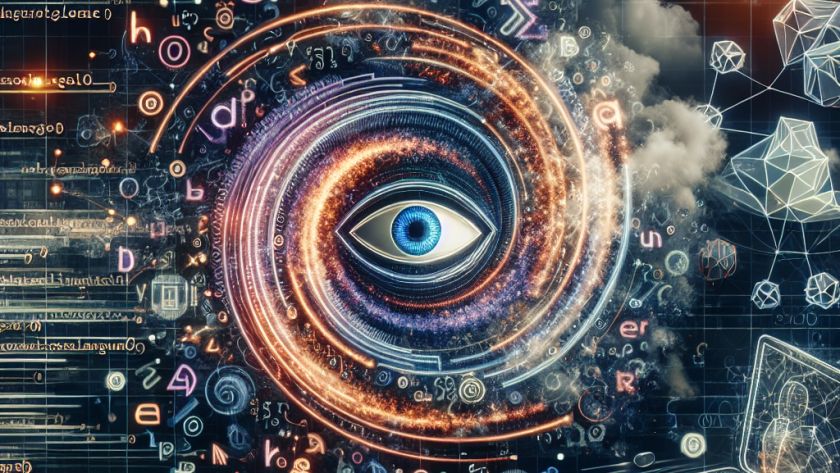A team of researchers from MIT, Meta AI, Carnegie Mellon University, and NVIDIA, have found a solution to the problem of the performance degradation of AI chatbots during extended human-AI conversations. They identified a challenge associated with AI conversation memory, known as the key-value cache, where data is bumped out when the cache exceeds its…



